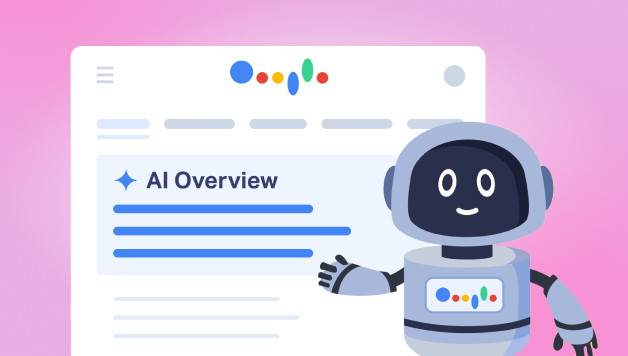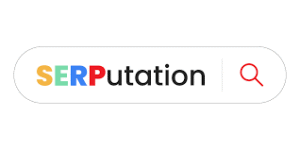
In the rapidly changing landscape of search, knowing how to optimize your content for AI-driven platforms is no longer optional—it’s a survival strategy. As a startup founder or marketer, understanding the differences between GEO (Generative Engine Optimization), AEO (Answer Engine Optimization), and traditional SEO is essential in 2025.
This SEO Guide 2025 breaks down these three approaches to help your startup gain visibility across Google’s AI Overview, Bing Copilot, ChatGPT, and other AI-powered discovery platforms. Whether you’re building your brand in the USA or aiming for global reach, these strategies are the foundation for digital growth.
What Is SEO, AEO, and GEO?
Let’s break each one down in simple terms:
SEO (Search Engine Optimization)
SEO remains the core strategy for getting your website to rank on Google and other traditional search engines. This includes optimizing on-page elements like meta tags, keywords, headers, and links, as well as focusing on technical SEO and backlinks.
AEO (Answer Engine Optimization)
AEO focuses on helping AI-driven tools like Google’s AI Overview, Bing Copilot, and even ChatGPT understand and surface your content when users ask questions. It’s about giving concise, factual, and structured answers that AI can easily digest and present to users.
Answer engines don’t care about rankings—they care about relevance and authority. So, your content needs to be clear, accurate, and aligned with search intent. This is where AEO becomes a game-changer.
GEO (Generative Engine Optimization)
GEO is the newest frontier. It’s the practice of optimizing your content for generative AI platforms that synthesize answers from multiple sources. Think ChatGPT, Perplexity, and future search features in Google and Bing. These platforms don’t just link—they explain. GEO content must be authoritative, nuanced, and written in a conversational tone.
Why Startups Must Adapt to These New SEO Models
Here’s why every startup needs to pay attention:
- AI-powered search tools are replacing traditional listings. AI Overviews are featured in over half of all Google searches in 2025.
- Zero-click searches are rising. Users often get their answers directly in AI summaries, without visiting a website.
- Credibility is king. Google, Bing, and AI engines prioritize trustworthy, expert-led content.
This SEO Guide 2025 is built to help you position your startup for success across all formats of modern search.
Key Differences Between SEO, AEO, and GEO (Without a Table)
Here’s how these strategies differ, explained in plain language:
- SEO is about ranking high on the traditional search engine results page (SERP). It focuses on keywords, backlinks, page structure, and user experience.
- AEO is about creating content that directly answers user questions in a way that AI tools can understand and trust. This means clean formatting, concise answers, and the use of structured data like schema markup.
- GEO focuses on optimizing for platforms that generate answers using AI models. These tools care about content depth, authority, tone, and how well your content fits within a broader context.
Think of SEO as getting found on Google, AEO as getting quoted by AI tools, and GEO as getting summarized and recommended by AI itself.
How to Build a Winning AEO Strategy in 2025
To get your content featured in AI-generated answers, your AEO strategy should focus on:
- Answering questions clearly and concisely. Use H2s and H3s with specific questions that your audience is asking.
- Adding structured data. Use schema markup like FAQs, How-To, and Product to help AI parse your content.
- Focusing on topical authority. Build content clusters around your core topics to signal expertise.
- Writing for clarity. Use plain English, short paragraphs, and bullet points when possible.
AI doesn’t want fluff—it wants facts. Optimizing for AEO means thinking like a machine and writing for a human.
GEO Tactics to Boost Visibility in AI Summaries
If you want your startup’s content to show up in ChatGPT-style results or Bing Copilot conversations, you need to embrace GEO. Here are some practical steps:
- Use natural language. Write how people speak. Avoid keyword stuffing or overly formal content.
- Structure your content like a conversation. Include FAQs, comparisons, pros and cons, and how-to sections.
- Build trust. Cite sources, include author bios, and show expertise to meet EEAT standards.
- Focus on content freshness. AI models increasingly favor timely and relevant data.
These practices will improve your chances of being referenced or paraphrased by AI engines in 2025.
Traditional SEO Still Matters—Here’s How
Even as AI transforms the search landscape, classic SEO still plays a critical role. Here’s how to keep it part of your strategy:
- Do keyword research. Tools like Ahrefs, Semrush, and Ubersuggest help you find what your audience is searching for.
- Optimize your site structure. Clean navigation, mobile-friendly pages, and fast load times remain important.
- Build backlinks. Earn authority by getting cited on reputable websites and publications.
- Create long-form, valuable content. AI and humans both value depth when it’s well-organized.
A blended strategy ensures your brand shows up whether someone’s Googling or chatting with an AI assistant.
Top SEO Trends to Watch in 2025
To close the gap between GEO, AEO, and SEO, you should keep an eye on these SEO trends:
- Voice and conversational search are becoming dominant. Optimize for long-tail, natural-language questions.
- AI-first indexing is replacing mobile-first. Structure your content for AI readability.
- Multimodal content is on the rise. Images, videos, and text all contribute to your content’s performance.
- Search personalization is deeper. Location, history, and user preferences influence what results are shown.
Startups that adopt these trends early gain a strong edge over competitors.
Final Thoughts: Optimize for the Future with Our SEO Guide 2025
Navigating the new digital terrain requires more than just ranking for keywords—it requires being found, featured, and favored by AI tools.
Here’s what we’ve learned:
- GEO, AEO, and SEO are complementary—not competing—strategies.
- Use this SEO Guide 2025 to build a scalable, AI-ready content plan.
- Incorporate AEO techniques to rank in zero-click and AI summary results.
- Adopt a conversational, helpful content style that meets the expectations of both human readers and AI platforms.
And don’t forget—sometimes, it pays to bring in the experts. From local startups in the USA to global SaaS brands, many companies are turning to Digital Marketing Services to stay ahead of the curve.
Ready to future-proof your startup’s growth?
Let’s make your brand the go-to source in AI search, Google, and beyond.
Contact us now for a free SEO strategy audit tailored to your industry.




